Education is one of the basic human activities that has been researched for many years. However, it is rather surprising that even today, some of the teaching myths regarding the nature of learning have not been dismantled. While these myths about teaching and learning are meant to be helpful, they can sometimes misrepresent a process or distort information based on the science behind it, which may not be as conducive to learning. Here, we’ll demystify some of the most common learning myths and replace them with information based on scientific discoveries.
Myth 1: Learning Styles Enhance Learning
One of the most pervasive learning styles myths is that the adoption of a “learning style” approach, which means trying to provide education by a learner’s visual, auditory, or kinesthetic preferences, will enhance learning. This idea postulates that people acquire knowledge efficiently when material is offered based on the supposed style of each individual and consequently, materials have been created in the said style.
Reality: Systematic reviews of the evidence have found no effect on achievement, utilizing instructional methods matching students’ learning styles. Thus, although people may have some preferences for the way that they would like to learn something, the efficiency of the learning process stems from the use of specific strategies that are appropriate to the given content. Difficult ideas, in particular, can be elucidated with the help of the multimodal approach — for example, using illustrations and captions. In the end, learning success depends on the correspondence of the instructional approaches rather than on preferences.
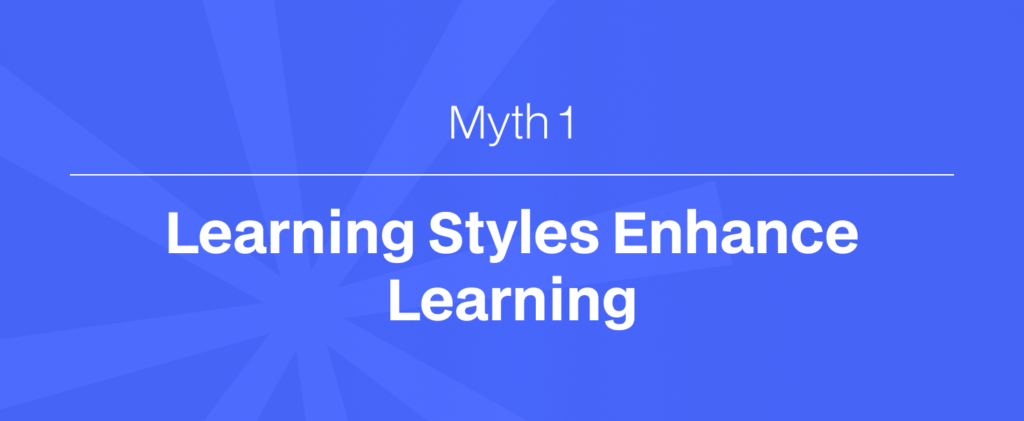
Myth 2: Multitasking as a Learning Approach
The advancement in technology has seen multi-tasking become the norm, especially in the age of social media. A majority of students think that they can achieve more and study better if they combine it with other activities, for example, watching videos on social media, or TV.
Reality: Cognitive psychology confirms that multitasking is counterproductive in enhancing learning. If we attempt to juggle several activities, we will be easily distracted and may lose vital details or commit mistakes. Multitasking causes cognitive overload, which also lowers our capacity to absorb new information and also to retain it. Learning depends on attention and that is why it is advisable to set aside time for learning and not engage in other activities.
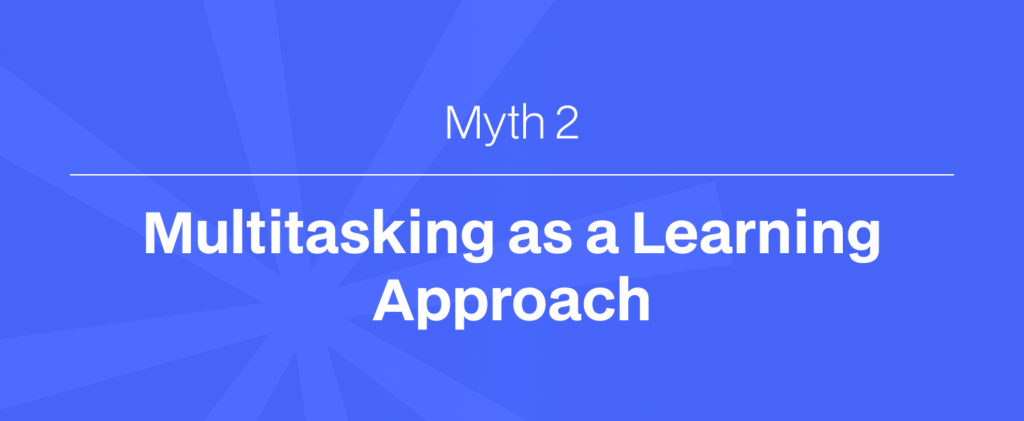
Myth 3: Intelligence is Fixed and Determines Learning Potential
Probably the most widely spread notion is that of intellectual capital being innate and therefore some people are born smart and capable of learning while others are doomed to failure. This belief can demotivate students, as they feel that they are limited to a particular level of capability.
Reality: However, the studies indicate that intelligence is not solely determined genetically, but rather, there is evidence proving that it can be improved through practice. The approach, known as the mindset of growth promoted by Carol Dweck has revealed that children who are convinced that they can enhance their skills will strive harder and go through steps that will enable them to attain higher results. A growth mindset is a good way of thinking because it makes us realize that learning is a continuous process that should be pursued through effort and determination rather than intelligence.
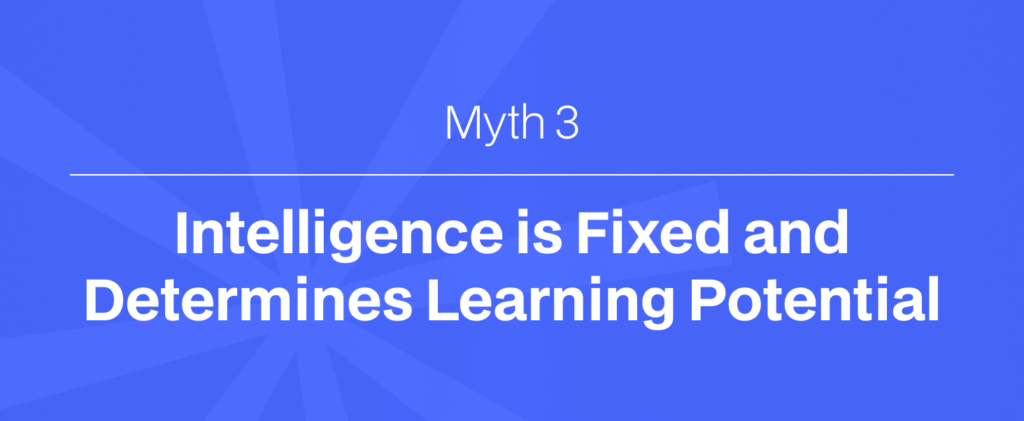
Myth 4: Rereading and Highlighting are the Best Study Techniques
Most students prepare for their tests by using such techniques as reading through notes, underlining important information, or rewriting important points. These strategies while may appear as productive, are not the optimal methods of information storage and retrieval.
Reality: It is common knowledge that practice-based learning is much more effective than passive learning, like retrieval practice and spaced repetition. Retrieval practice, or self-quizzing, involves the student having to recall information from his or her memory, which enhances neural connections and facilitates long-term memory. Likewise, review — or spacing, which refers to reviewing material at progressively longer intervals — also supports learning by taking advantage of how our memory works. As compared to passive methods, these techniques take more time to process in the brain but yield better results in terms of recall and absorption.
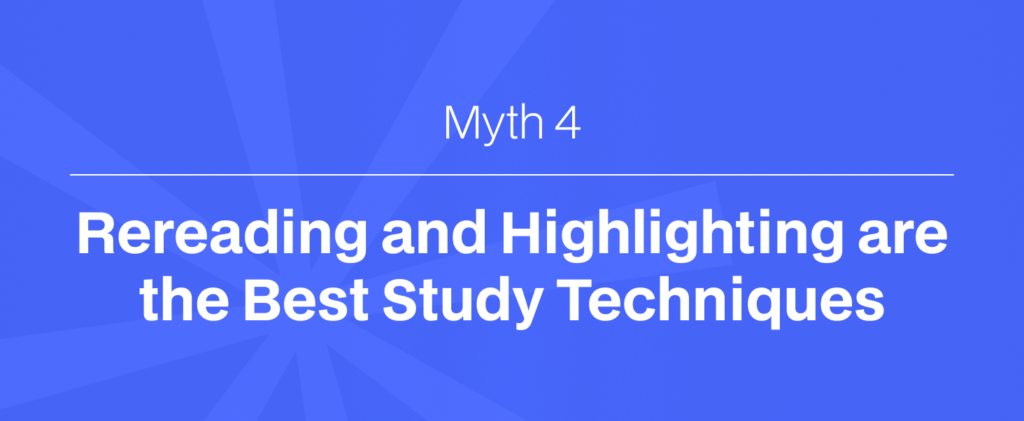
Myth 5: Knowledge means understanding
The next myth is the organization of knowledge, which means that when one knows facts or can repeat information, one understands the material. This is a wrong impression that makes the student grasp without understanding what they’re learning.
Reality: Comprehension here is much more than rote learning where one can recite facts but fails in transfer, pattern matching, relation, and synthesis. Teachers call this process‘ knowledge acquisition’ or ‘deep learning’ because the aim is not just to acquire the facts. Knowledge acquisition in this case is more analytical and involves synthesis and application, which makes it far more complex for students to accomplish than memorizing facts. For further reading on this, we recommend Kirkpatrick’s model.
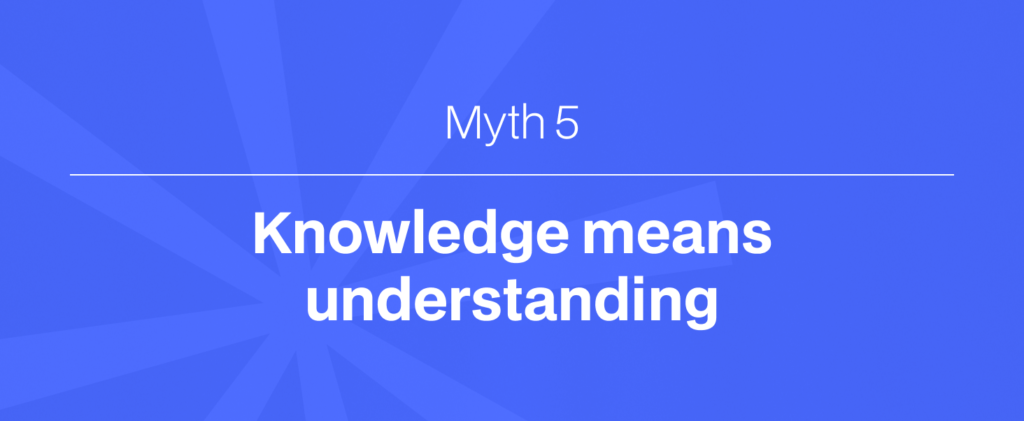
Myth 6: Novices Are Just Little Experts
One of the educational myths is that novice performers are individuals who are just like experts and if they spend enough time, they will master the necessary skills. It supposes that even novices require only a small amount of help before they can employ advanced methods or solve difficult tasks.
Reality: It is well documented that novices learn differently than experts. Nonspecialists, in contrast, use a large amount of trial-and-error, elementary heuristic principles and elementary strategies that are based on the problem-solving experience of experts. Instead, experts employ refined, turning, effective, and skillful techniques and rely on past knowledge to manage tasks in the best way. This difference shows the need to offer basic support to new learners as they acquire skills to help them succeed.
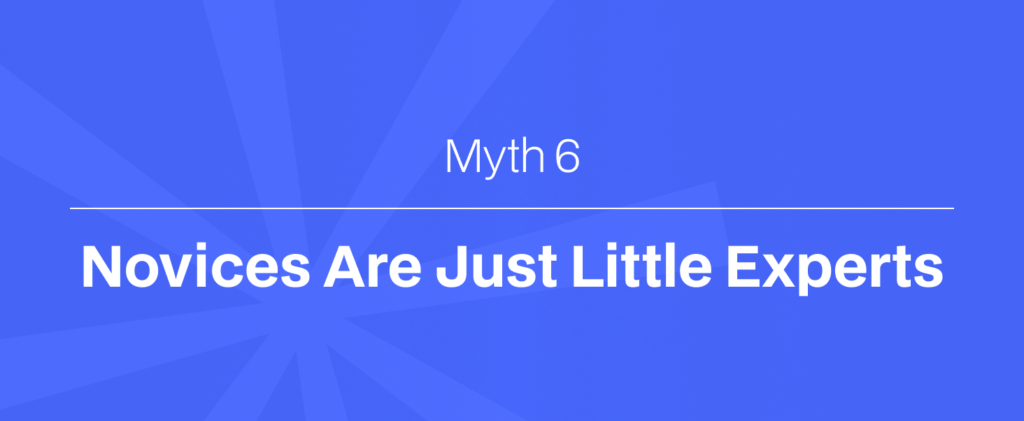
Myth 7: Learning Equals Performance
It’s easy to assume that high scores or impressive classroom performance equate to genuine learning. However, learners often achieve good test results through short-term strategies like memorization or rote rehearsal without grasping the underlying concepts.
Reality: Research distinguishes between short-term performance and deep, lasting learning. While learners may perform well initially, true learning is a deeper process, involving understanding concepts thoroughly and being able to apply them in various contexts. To accurately assess comprehension, educators need to go beyond traditional testing and incorporate frequent, varied assessments, like open-ended questions, practical applications, and reflective discussions. These methods can reveal whether learners have internalized the material and can apply it meaningfully — an indication of true learning that transcends temporary performance.
By focusing on these more comprehensive assessments, educators can better support students in building enduring knowledge that extends beyond high scores or quick performances.
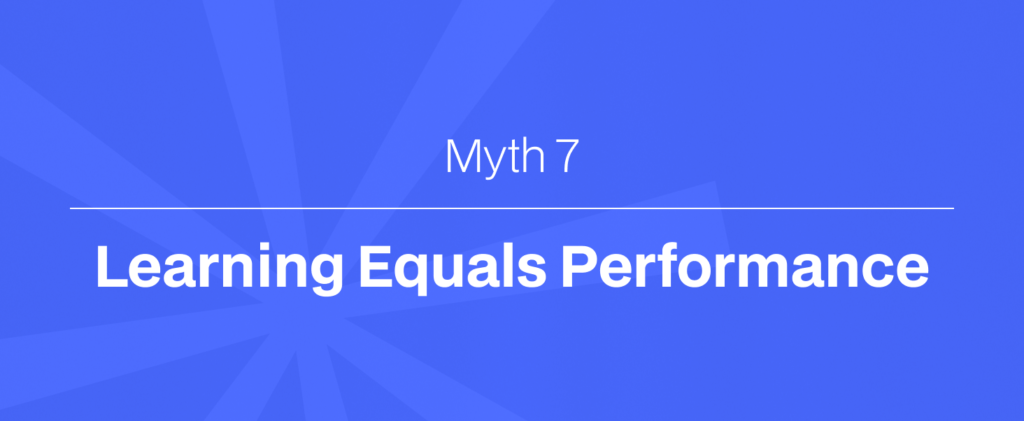
Moving Beyond Learning Myths Examples
Dispelling these online learning myths opens the door to adopting evidence-based strategies that support more effective learning. Instead of focusing on supposed “styles,” quick fixes, or passive strategies, learners and educators can benefit from:
Adopting Multimodal Learning: Use a blend of text, visuals, discussions, and hands-on practice to reinforce concepts.
Practicing Active Retrieval: Engage with material by self-testing and applying concepts in new contexts.
Embracing a Growth Mindset: Understand that effort and strategies, rather than fixed intelligence, determine learning success.
Creating a Supportive Learning Environment: Prioritize sleep, manage stress, and take breaks to maintain optimal cognitive performance.
In short, effective learning is not about hacks or rigid methods but about understanding cognitive science and creating conditions that enable the brain to work at its best. With a science-backed approach, we can focus less on myths about learning and more on what truly enhances learning.
